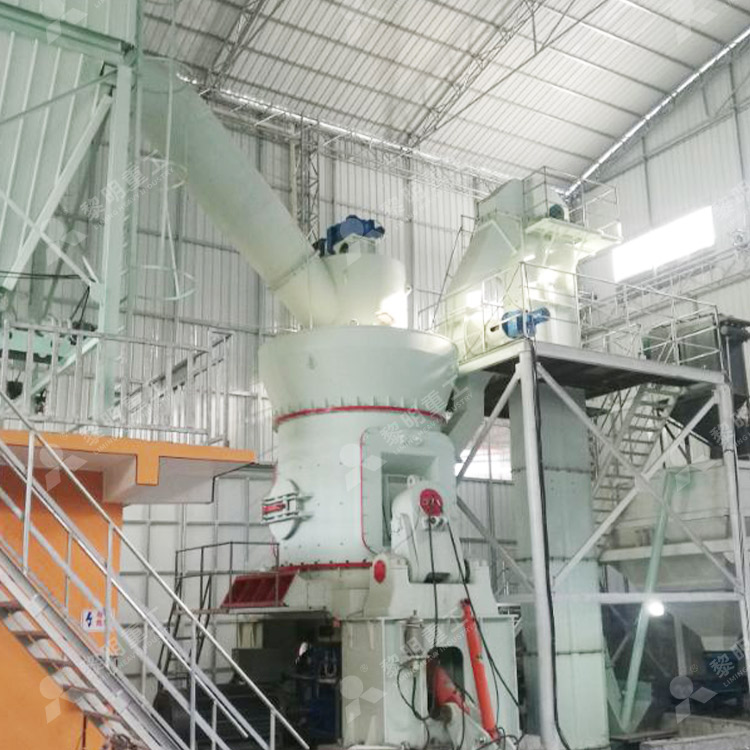How the New Bentonite Grinding Mill Works – A Breakdown for Buyers
The bentonite processing industry is evolving, and the latest grinding mill technology is changing the game. Forget about old-school, energy-guzzling machines – the new generation of bentonite grinders delivers finer powder with less power. Here’s how it works:
1. Two-Stage Crushing Chamber
Raw bentonite chunks are first fed into a dual-crushing system. Instead of relying solely on traditional jaw plates, the new design uses interlocking tungsten carbide hammers to pre-break large lumps before fine grinding. This reduces wear and tear while improving efficiency.
2. Suspension Grinding Zone
Unlike conventional mills where rollers rotate on a fixed axis, the advanced model uses hydraulic-pressure suspended rollers. These rollers "float" while applying consistent pressure, ensuring uniform particle size without overheating the material (critical for bentonite’s moisture-sensitive properties).
3. Turbo Air Classifier
The ground powder enters a high-speed vortex classifier, where 325-mesh fine particles are separated by centrifugal force. Coarse particles are recycled, while the ultra-fine powder is collected via a cyclone + bag filter system (zero dust leakage).
Key Advantages Over Old Mills:
✅ 40% Less Power Consumption – Smart frequency control adjusts motor speed based on feed rate.
✅ Auto-Fineness Adjustment – No manual sieve changes; adjust mesh size digitally.
✅ Quick Maintenance – Modular design allows replacing wear parts in minutes.
For bentonite processors: This isn’t just an upgrade – it’s a 30% lower operational cost guarantee. Want a live demo? Contact us today for a free test grind with your material!





